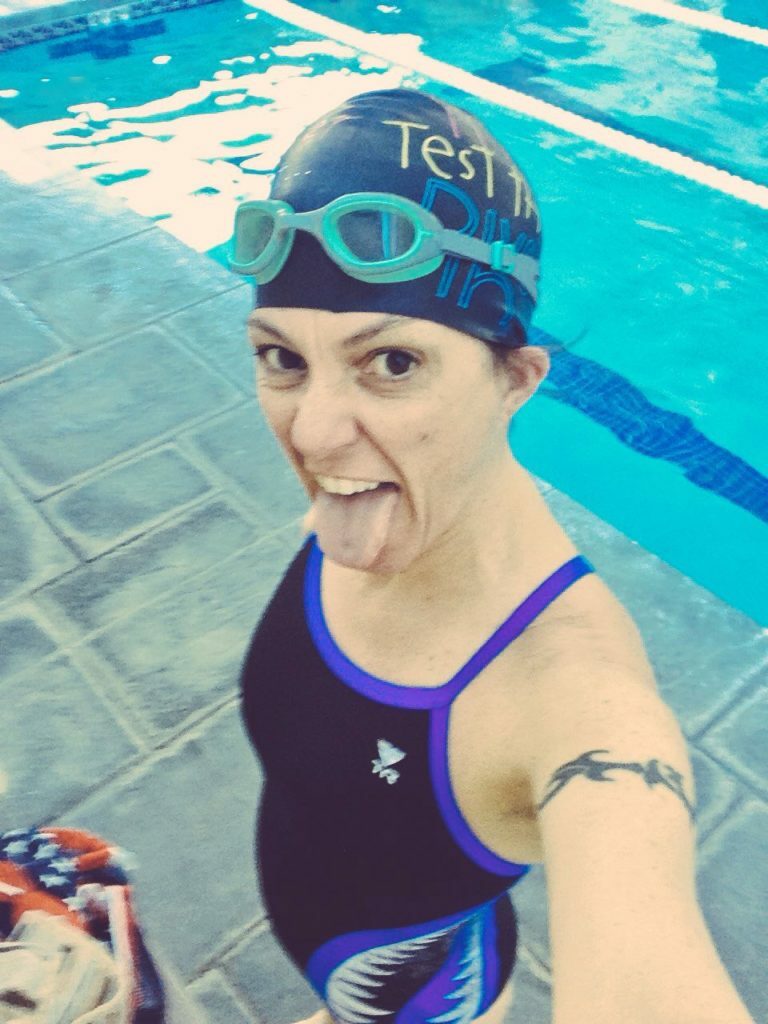 “How much should I train each week?”
“How much should I train each week?”
This is one of the most frequent questions we get. Our answer is always the same.
“It depends.”
Total, weekly and daily training volume depends upon several factors: the type and length of races in which an athlete hopes to compete, the period of the yearly training cycle, the goals of a particular period or workout, proximity to key races, the intensity of specific training sessions, and an individual athlete’s athletic history, susceptibility to injuries, and lifestyle.
In sum, volume is not a one-size-fits-all approach.
In order to determine an appropriate volume in your training, it helps to consider the pieces that make up training volume: frequency and duration. For overall training stress, we consider frequency, duration and intensity. All of these factors matter.
So, let’s take just one week of a running schedule. An athlete training for her first marathon is in the late base phase of her training, and is about to complete a week with 285 minutes of running – or 4.75 hours total volume. We can break this 285 minutes of total volume up in several ways. Consider the following configurations:
- 4 times a week, with runs of 150 minutes, 60 minutes, 45 minutes, 30 minutes
- 5 times a week, with runs of 120 minutes, 50 minutes, 45 minutes, 40 minutes and 30 minutes.
- 6 times a week, with double runs on one day of 75 minutes and 60 minutes, then daily runs of 50 minutes, 45 minutes, 30 minutes, 25 minutes.
Each of these configurations would serve a slightly different purpose with respect to training goals of endurance, speed, form, recovery, muscular endurance and so on. Changing the configuration of volume is also necessary given the time demands of a particular athlete’s lifestyle, and her athletic history.
As you can see, it’s not quite as simple as saying: train X hours a week. The complexity expands when we consider the options for volume across a month or year of training.
When we think about an athlete’s volume, we ask a few key questions.
1. What is your lifestyle? How does it impact the time–on average–you have to train? How does this availability to train change throughout certain parts of the year?
It’s important to be realistic about the demands of your lifestyle. A plan with a lot of volume, that doesn’t fit in with our lifestyle, is setting us up for failure. We risk injury or burn out if we cannot get enough recovery and sleep in between challenging and long sessions. We risk frustration by continually needing to shorten or shelve workouts.
 And remember: volume is only one component of a training plan. A good training plan will also manipulate intensity. The combination of these factors comprises the athlete’s total training load. We should balance these factors out accordingly and recognize that volume is only one piece of the training puzzle.
And remember: volume is only one component of a training plan. A good training plan will also manipulate intensity. The combination of these factors comprises the athlete’s total training load. We should balance these factors out accordingly and recognize that volume is only one piece of the training puzzle.
2. What is your athletic history?
Generally, the more experience an athlete has in a particular sport, the greater the tolerance for volume. So, a person who is training for his first-ever Ironman will likely not be able to tolerate the same volume as an athlete who has trained for and completed 5 Ironman triathlons. So, we do ourselves a disservice if we compare our training volume to that of others. It’s apples and rhinoceroses.
There are other ways to think about your individual history as well. For example, you may want more frequent training sessions with short duration if you are new to a particular discipline, coming back after some time off, or recovering from an injury.
3. What are the races in which you will compete, and what are your goals for those races?
Different races bring with them different demands. We would not expect someone training for a half-marathon to have the same volume as someone training for a marathon.
Moreover, the race-day goals to “just finish” versus “finish in the top 10” bring with them some very different strategies as they relate to frequency, duration, volume and total training load. Understanding how to play with these factors is an important component to becoming race-ready.
 4. How much time do you have to prepare, and where are you in your annual training calendar?
4. How much time do you have to prepare, and where are you in your annual training calendar?
We’ve written about periodization before, so I won’t belabor it. But, volume fluctuates throughout your training season depending upon the particular goals and focus of a given macro, meso and micro cycle. For more information, see this post.
For example, if you are preparing for a longer race – such as an Ironman or a half-Ironman, you may consider incorporating higher intensity work earlier in the training, and then as race day gets closer, you will extend your training to focus on endurance and muscular endurance. This allows you to make certain as race day gets closer, your training is specific to the demands of race day.
When we train for endurance events, the initial reaction may be to believe that more is better. However, volume is but one component of training, and it must be balanced with other factors, which we’ve highlighted here. Taking a well-reasoned approach to your training plan can help to ensure that you get the most out of your training time – no matter how much or how little you have of it.
We’d love to hear your thoughts about volume and training. Share your experience!
*~*~*~*~*~~*~*~*~~*~*~*~*~*~*~~*~*~*~*~*~*~
If you’d like more information about how we would structure a plan for you and your unique circumstances, feel free to contact us. For an overview of our services, click here.

 4. How much time do you have to prepare, and where are you in your annual training calendar?
4. How much time do you have to prepare, and where are you in your annual training calendar?